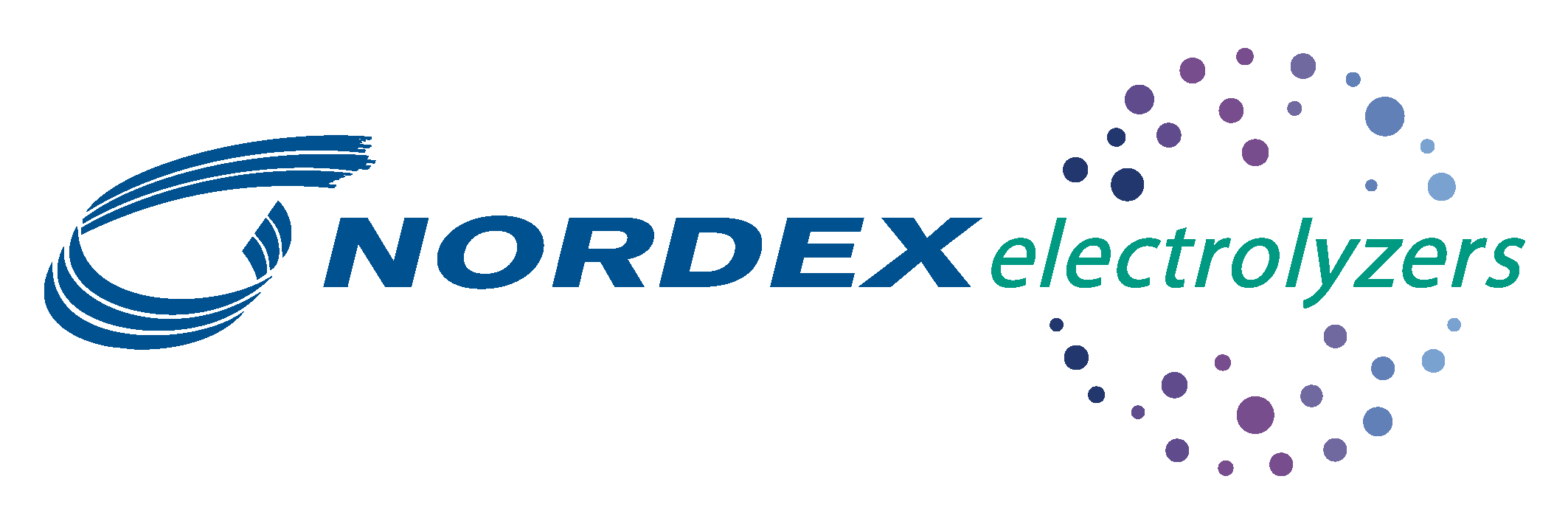Products
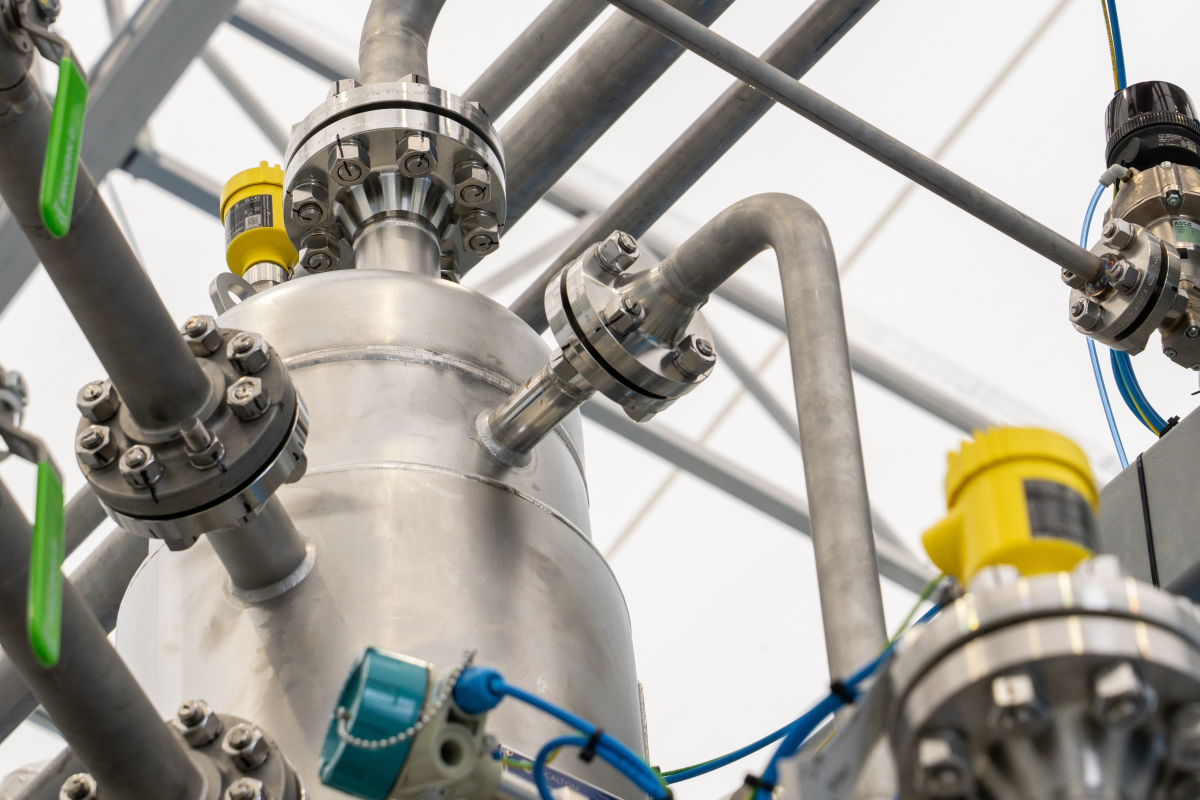
NORDEX ELECTROLYZERS:
GREEN HYDROGEN FOR THE WORLD
At a glance
Nordex Electrolysers: specifically designed to work under fluctuating conditions of renewable power generation
Demand for green hydrogen is expected to grow by a remarkable 700 per cent over the next three decades. It can be produced by a chemical process called water electrolysis. Three approaches are available today: low-temperature hydrogen production (alkaline and proton exchange membrane (PEM) electrolysis) and high-temperature hydrogen production (solid oxide electrolysis).
Nordex Electrolyzers S.L. has chosen the alkaline electrolysis approach for its key advantages:
- Well established technology
- Non-noble catalysts
- Long-term stability
- Low cost
- Stacks in the multi-MW range
- High global efficiency
The electrolyzer is a key component in the production of green hydrogen and is expected to experience a significant rise in demand; growing from a marginal capacity base to 400 GW by 2030.
Our Product Portfolio
THE NX2500
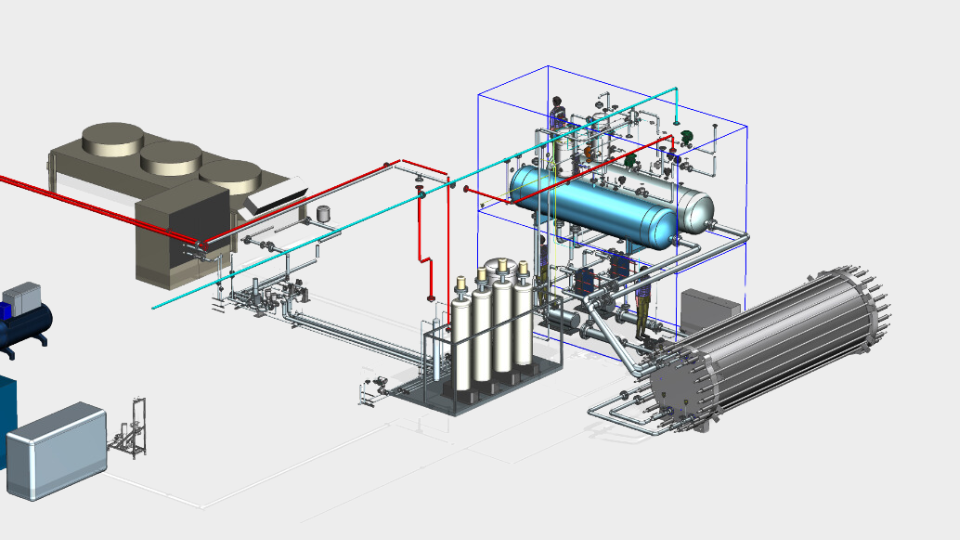
THE NX5000
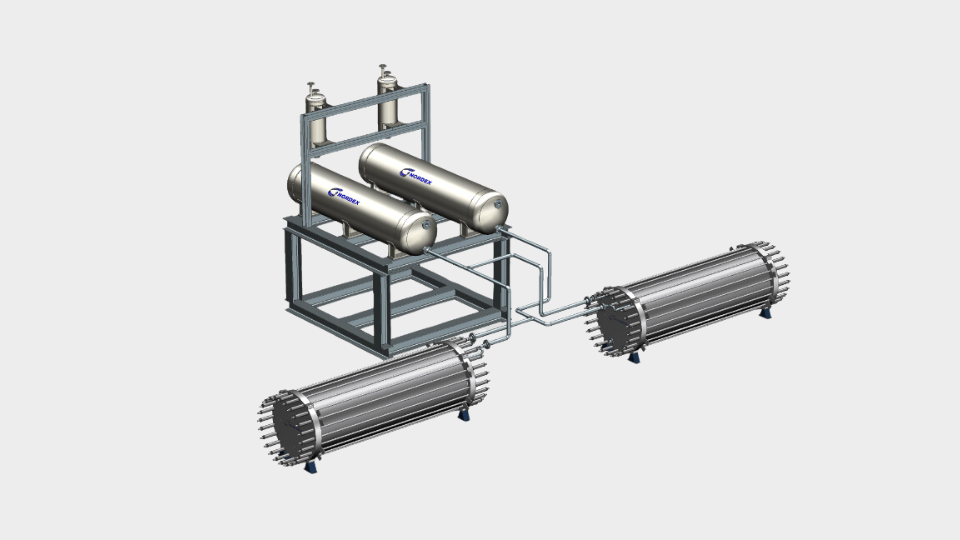
THE NX10000
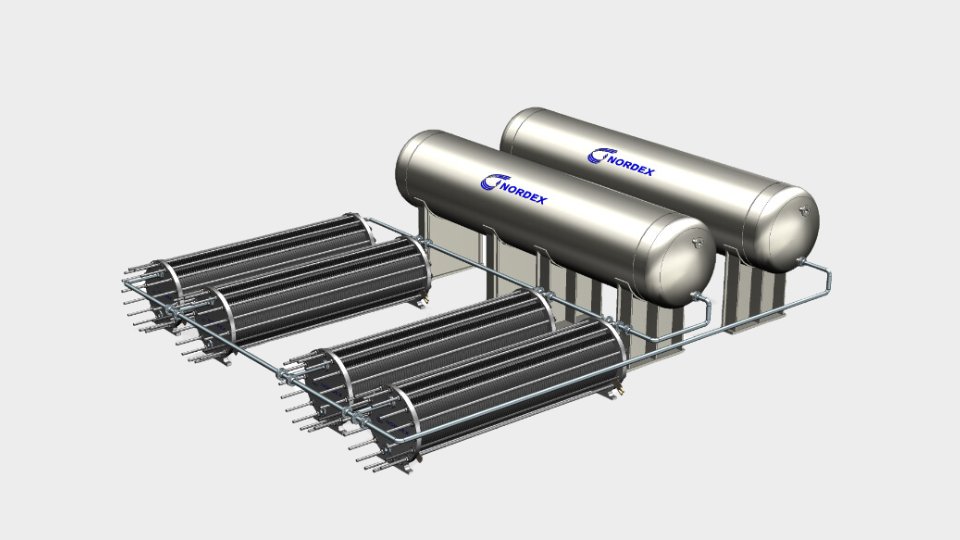
TEMPERATURE
80ºC
CURRENT DENSITY
up to 600 mA/cm2
ELECTROLYTE
32% wt KOH
ENERGY CONSUMPTION
4.5 kWh/Nm3 (stack)
OPERATIONAL PRESSURE
15-18 bar(g)
DEGRADATION
< 1% / year
GET IN TOUCH FOR SPECIFICATIONS
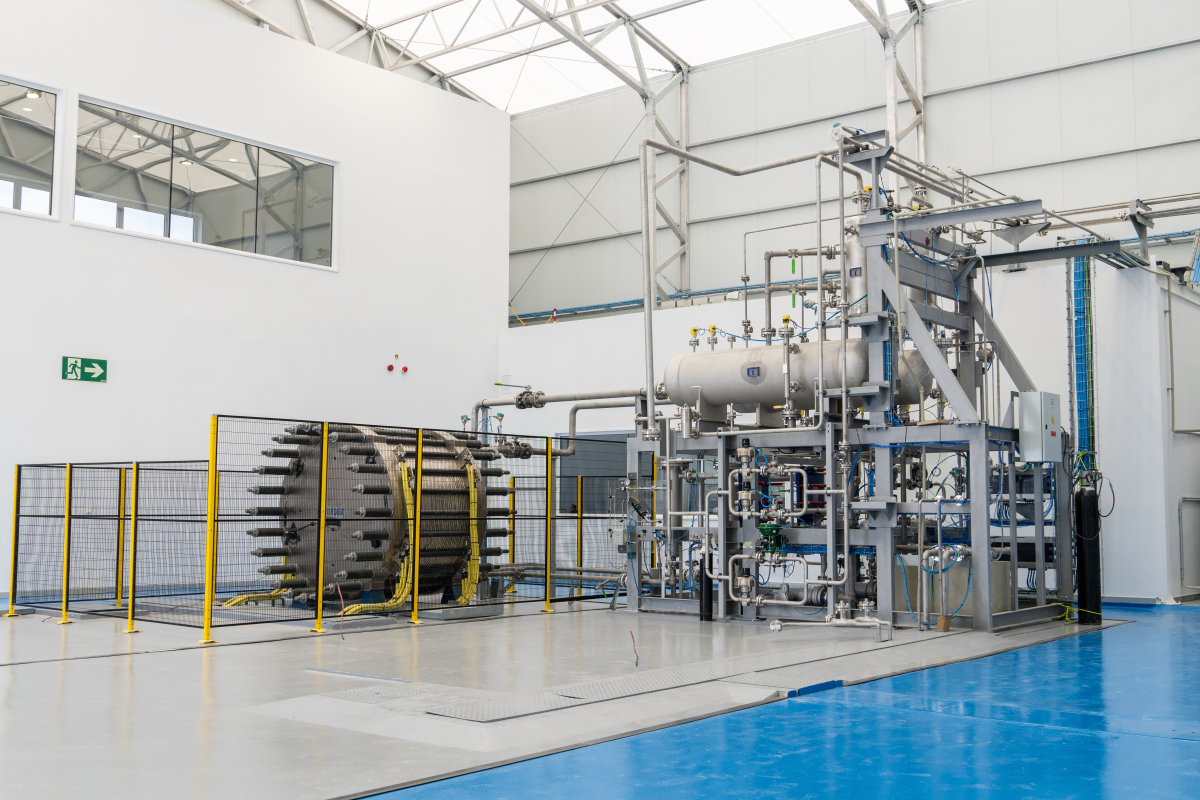
HIGH FLEXIBILITY
Our products are specifically designed to work under the fluctuating conditions of renewable power generation. Our deep understanding of this variability enables us to support our customers in making informed decisions about their energy generation strategies. Our products operate with variable partial load, overload, load range and ON/OFF conditions, while taking into account system response time.
LOW ENERGY CONSUMPTION
The mechanical design of the stack provides high voltage efficiency and the basis of our product strategy.
Nordex Electrolyzers S.L. aims to reduce energy consumption, at stack level, to below 50 kWh/kg. Fluid-dynamic optimization, efficient cell design limiting shunt currents and electrodes especially suited for work with renewable energies allow these objectives to be achieved.
REDUCED SIZE
Even though our hydrogen production systems have been designed for environments in which space is not constrained, we aim to reduce the footprint of our alkaline electrolyzers by half, compared to conventional electrolysis systems that operate at 250-350 mA/cm2, by operating the system at 600 mA/cm2 density.
LONG LIFETIME
Typical degradation rates of 1-3 µV/h provide Nordex alkaline electrolyzers with a service life of up to 80,000 hours in the stack and 20 years in the balance of plant. Our engineers have carefully selected the materials and optimized the design of the stack to maximize its lifetime under renewable energy conditions. One of the key advantages of Nordex Electrolyzer technology is the long durability of the electrodes.
Our Global Roadmap 2026
Nordex Electrolyzers began its journey in 2022. A few months later, in early 2023, Sodena announced its investment in Nordex Electrolyzers. That same year, Nordex Electrolyzers S.L. designed and built a 50 kW stack with its balance of plant (BOP). This testbed was our baseline, allowing our engineers to evaluate performance under fluctuating conditions and to define the electrochemical active area of the alkaline cells for the next step towards the 500 kW electrolyzer.
Now, in 2024, the first prototype of a 500 kW electrolyzer has been assembled and is currently being tested. Based on these test results Nordex Electrolyzers S.L. is designing a stack in the MW range, which will be the basis of our commercial product.
